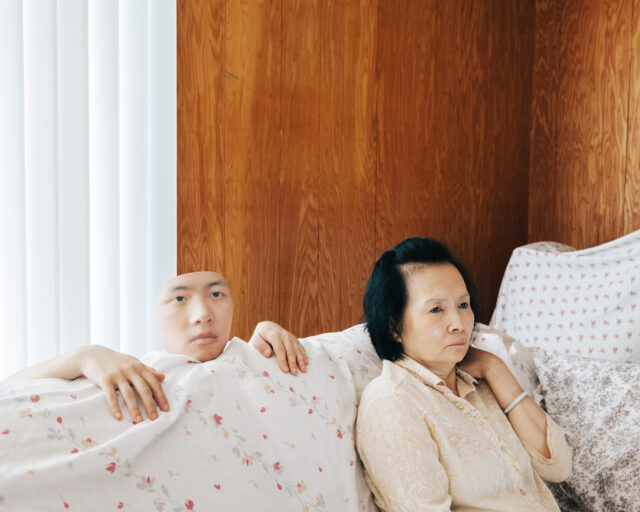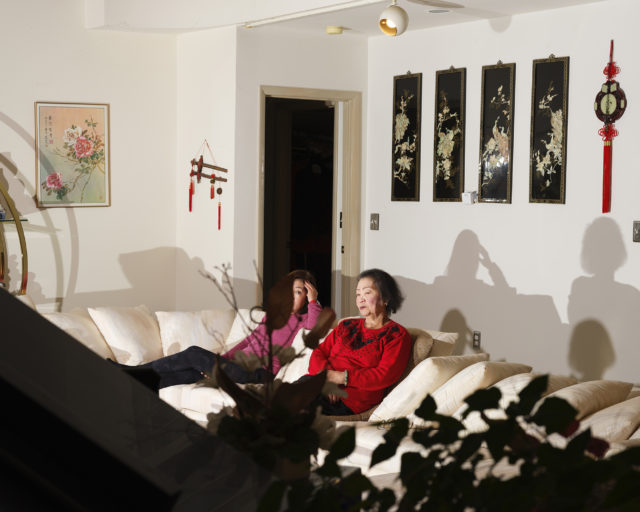Mary Kang, Mimi, 2016
Courtesy the artist
The first time I saw a Rinko Kawauchi photograph, it felt a little like home. I connected with the softness, the warmth, the subtle hints of Japan. Like everyone in the photography community who comes from a “diverse” background, I’m always looking for images that the industry rarely provides—images that reflect my experiences, made by people who look like me. But, that doesn’t happen very often.
In the hands of a white elite, photographs have long constructed ideas of racial Others in America, and have preserved and propagated white supremacy. Beginning in the late nineteenth century, Edward Curtis presented Native Americans as a people nearing extinction, which contributed to the movement to erase them from American social consciousness. In the Jim Crow South, photographs of lynchings were printed onto popular postcards. From the late nineteenth century through the early twentieth century, anthropologists used photographs as “evidence” that colonial subjects in Africa were inferior. During the same period, American photographers, funded by the U.S. Bureau of Science, photographed hundreds of Filipinos, ranking their subjects on a hierarchical scale from savage to civilized.
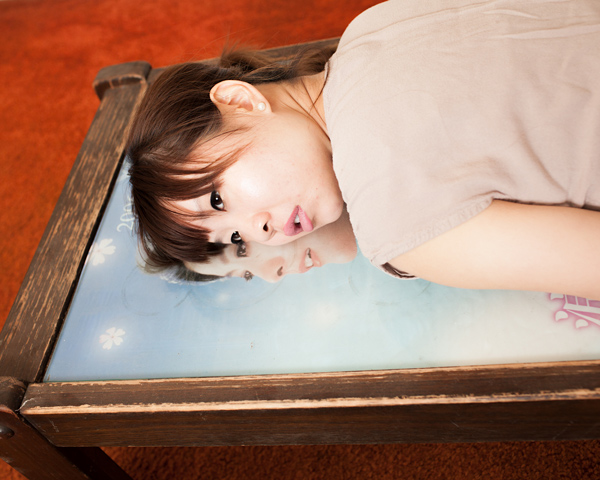
Courtesy the artist
Because American photographers have utilized photography as a tool of racial oppression, images made by people of color are vital. Today, a new generation of Asian American photographers is answering the call.
Mary Kang, 28, was born in South Korea, raised in Austin, Texas, and now lives in New York. She began by working in photojournalism, but now shoots fashion and music editorials. Tommy Kha, 28, from Memphis, Tennessee, now lives in New York and makes self-portraits. Jessica Chou, 32, was born in Taiwan and raised in Los Angeles, where she now lives now, and works in editorial and documentary settings.
I recently spoke with Kang, Kha, and Chou about the histories, struggles, and complexities that make Asian American photography a crucial part of American culture. Despite their differences, themes of belonging and community unify their work. And while these photographers are all of East Asian descent, the stories of Asia, in all its vastness, are not represented here. Kang, Kha, and Chou’s images don’t directly address grievances. Instead, they make visual space for nuanced dialogue.
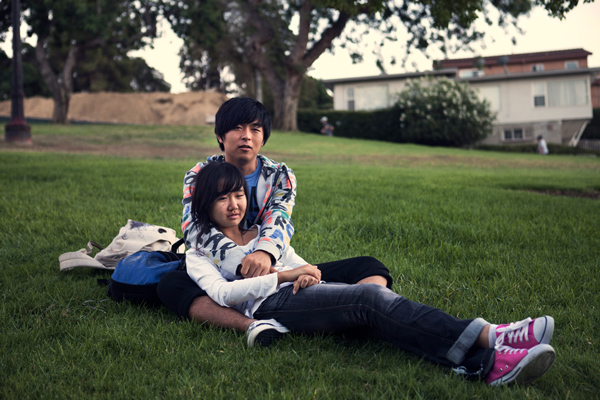
Courtesy the artist
Will Matsuda: Do you think being Asian American has affected your relationship with the photography industry? Do you feel pigeonholed in the assignments and opportunities you are given?
Mary Kang: When it comes to telling stories about Asians in America, I think it’s so important that Asian Americans do it.
Tommy Kha: YES.
Jessica Chou: Yes, we are the ones who can talk about it in a nuanced way.
Kang: We need to decolonize the narrative about Asian American communities.
Matsuda: What would a “decolonized narration” look like in images?
Kang: When photographing people with different identities than our own, we really have to confront our own biases. We have to be on the lookout for our blind spots. White men largely dominate the industry; their biases help them to maintain power. Most surviving histories are written by people in power.
Recently, I was in Perpignan, France, to attend the international photojournalism festival, Visa Pour L’Image. For six nights there were screenings of award-winning images. A lot of the images showed people of color in vulnerable positions. How does this imagery feed the people in power? When the narration is this one-sided, it does not recognize people of color as full human beings. So when it comes to East Asian American narratives, it would make a lot more sense to have someone from our own community tell the story.

Courtesy the artist
Kha: I think we’re always going to be seen as Asian photographers. One really well known photographer found out I was from Memphis and immediately dismissed my work, A Real Imitation (2011–15), because he said William Eggleston already photographed Memphis and the South. He thought that no one else could do it. As minorities, our work is easily dismissed. People are like, “Oh that’s a very specific voice, but is anyone really asking for this kind of work?” I feel like what we do is important no matter how many times we are told otherwise. I get a lot of, “Who really cares about your Asian grandma?” Or, “She survived a war; so what?” We get dismissed so easily.
Kang: I can’t believe the Eggleston thing. Just because a cisgender, white male did it, no one else can? That there’s a singular vision of Memphis?
Chou: That has to do with who has power in the industry. We need to have an industry that is much more diverse, and that sees the value in our stories. When I was showing my series Suburban Chinatown (2013), the nuance of the work went over a lot of editors’ heads. It’s not necessarily their fault for not understanding; it’s more about how there should be diverse voices and leadership in the photography industry. Who is making the decisions about what stories are elevated and heard?
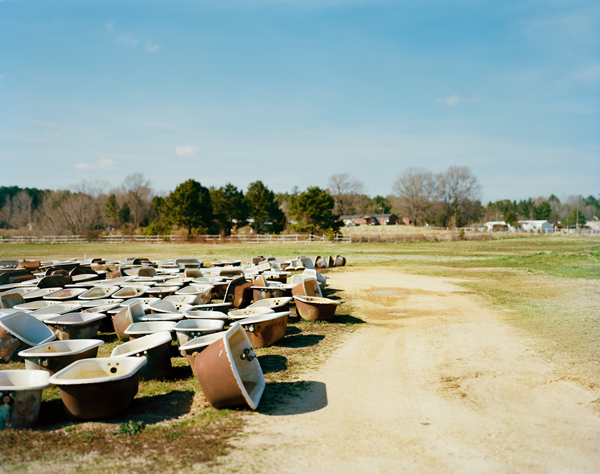
Courtesy the artist
Matsuda: Has the current political climate influenced your recent work?
Chou: It makes me want to get out and understand what is happening. My work in the San Gabriel Valley looks at where I come from—it’s mostly Asians and Latinos. If you asked me, when I was growing up, what the percentage of the U.S. population was Asian American, I would have said, like, thirty percent. Everyone I knew came from immigrant households.
I spent a couple of summers up in upstate New York, and that was the first time I experienced the “textbook” version of America. That was the first time I met people whose families had been in America for generations. I don’t know my family’s history beyond my grandparents, so I am interested in people whose sense of place in America has deep roots. Ultimately, I am trying to find my bearings here, and at the same time, understand what’s happening in these communities.
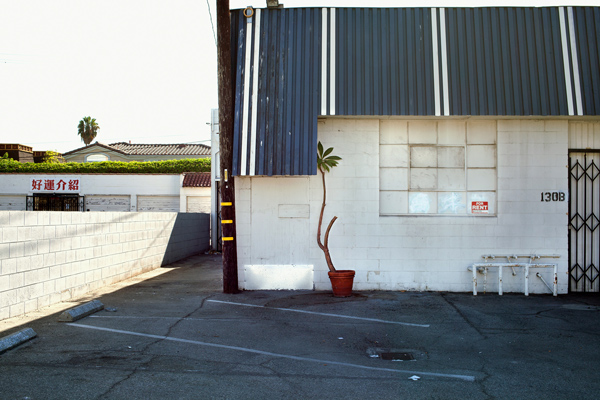
Courtesy the artist
Kang: When I shoot fashion, I sometimes get to cast the models. I want to work with diverse communities, but I am still learning in terms of ethics. For example, looking back on it now, a year-and-a-half ago, what I would have considered to be cultural appreciation is actually cultural appropriation. There is always so much to learn, but that does not provide an excuse for people of color to misrepresent or disrespect other people of color. I have to question why I want diversity in my work. Is this benefiting the people represented, or just a white audience who is consuming these images and products? I continue to think about this. I think the closest solution is to listen. Listen more. Research more. Diversify the people who are making decisions, who have power.
As an East Asian American, I could push and elevate East Asian models only, but that gets complicated too. As East Asian Americans, we carry oppression, but we also must acknowledge that we carry privileges too. We should definitely stand for our own community, but also go beyond our own issues and help others who are even more unjustly discriminated against.
Kha: In self-portraiture, the body is immediately politicized. I don’t think I’m overtly political, but in my work I talk about representation, otherness, and the image itself. It’s very much attached to the political climate recently, but also connected to the politics that have been around for centuries. Yellowface and blackface emerged in America around the same time. Yellowface still continues in Hollywood. It’s our job, as photographers, to be aware of what is going on. How do we affect the people we photograph?

Courtesy the artist
Matsuda: Since you all come from different areas within the photography industry, do you think there is more “freedom” in the art world, which is about self-expression to a degree, than in editorial commissions for major media, which have gatekeepers and sometimes conservative or just majority-white perspectives?
Kha: I don’t think there’s more “freedom” because all aspects of the photography world came from a Western standpoint, thus the art world, fashion, and editorial industries have long been influenced by predominantly white, often male, voices.
Chou: There are gatekeepers everywhere deciding what is a legitimate and what tone an expression should take in order to be celebrated or considered “serious” work. In the editorial world, what is considered a worthy story or a worthy angle is sometimes decided by a newsroom that might not be asking the right questions, or it’s asking questions only from one perspective.
Kang: But with more people gaining access to cameras and access to online platforms such as blogs and social media, there is a sense of freedom in being able to share and see multiple perspectives. I find photographers on social media I wouldn’t have known otherwise.
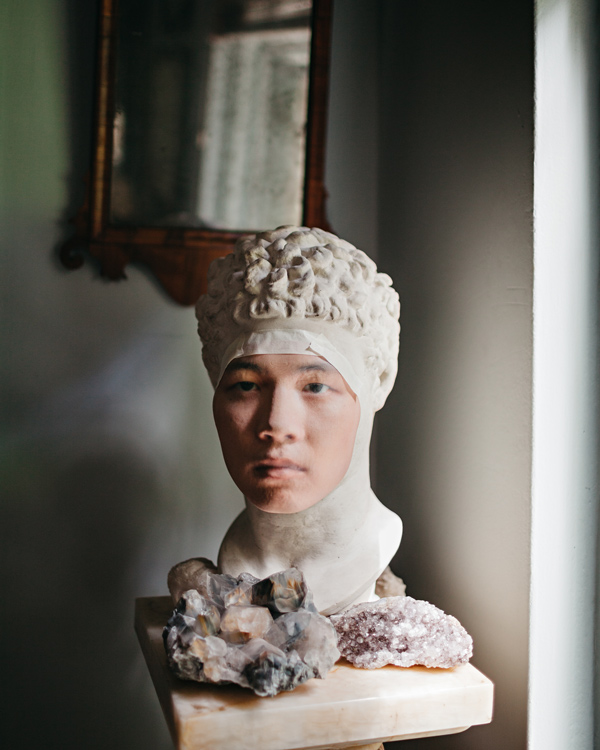
Courtesy the artist
Matsuda: Do you frame your work as resistance for yourself and your communities?
Chou: I think so. It’s an unwillingness to be defined by other people. Growing up, I tried bending over backwards to fit in. At some point, I stopped caring about being accepted. What I want is to be included. For all of us, it’s about defining ourselves. That’s a form of resistance.
Kha: Picking up the camera was a form of resistance and rebellion to my family. Jessica said it really well—we are defining our own space. But it’s important also to consider intersectionality and speak across difference.
Kang: We bring our own experiences and histories with us when we photograph. It’s our gaze. It’s not what we usually see in photography, which is the white male gaze. When we make photographs, it is already a form of resistance against the usual way images are produced.
Kha: White male photographers have been photographing people of color since the invention of photography. Give us some space here.
Kang: It is a form of resistance, even if we don’t get accolades. Even if we don’t get recognized by this audience. Just by producing photographs, we are resisting.
Kha: Holy shit, that is true.
Kang: If it inspires or connects with marginalized communities, it’s worth it.

Courtesy the artist
Matsuda: There are many Asian American photographers making important work today. Ligaiya Romero, An-My Lê, Pete Pin, Ka-Man Tse, Sze Tsung Nicolás Leong, and Chan Chao come to mind. But, in general, Asian Americans still aren’t very visible. There isn’t a touchstone Asian American photographer. Why do you think this is?
Kha: Yes, we are definitely here. But I think a lot of Asian Americans are first generation immigrants, so growing up, they didn’t get to go to museums to appreciate and learn about art. My mom had to clean the minefields.
Our parents want to see us succeed. Their relationship with art is almost nonexistent. It’s complicated to explain to them that it’s really fulfilling. My family didn’t really talk to me during my four years of undergrad. Just my mom, aunt, and my sister. But it was still like, “Maybe you will be lawyer later.”
Kang: My parents were not very happy when I told them I wanted to pursue a photography career. I know they have the best intentions, but they pushed me to become a pharmacist. I wanted to do art. I’m not speaking for all Asian American parents, but my Korean American parents really wanted to push for upward mobility. I feel like it has to do with the hardships our parents endured in their home countries. They fled from poverty and war. They want their kids to have what they couldn’t have. They want security. Their lives and their circumstances were much harder, so art wasn’t really encouraged.
Chou: My parents were actually really supportive of me. I think that mostly has to do with the fact that if they told me to do one thing, I’d just turn around and do the other. My parents are as hippy as Chinese parents can be. Even my grandma was one of the few girls in her time to get an education in China. She became one of the few women reporters in Beijing. So there is a bit of understanding about my path, and they respect it. But they are still confused about how I make money [laughs].
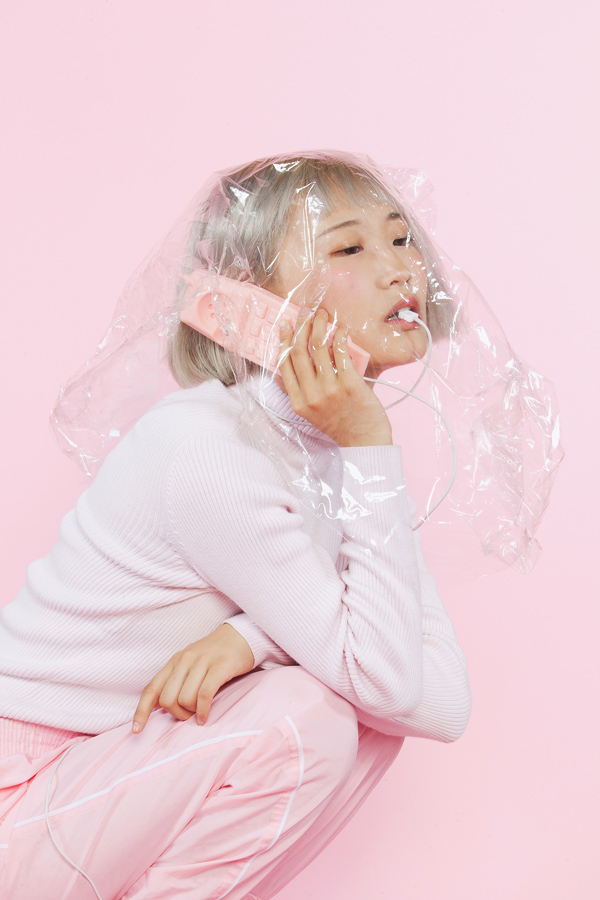
Courtesy the artist
Matsuda: Do you have any advice for young or emerging Asian American photographers reading this?
Kang: I had the privilege of being taught by Eli Reed in school. He went through so much bullshit as the only black member of Magnum Photos and in the wider industry as well. He said that even though these institutions are white-dominated, and they are usually racist, don’t let that stop you from doing your work. If you let that stop you from doing your work, then they have already won.
Kha: Everyone is just going to tell you “no” all the time. It’s so important to make the work you are making because no one else has your perspective. If they say “no,” push back. Arm yourself with a camera and your vision. Go out there and make pictures.
Chou: What makes you different is literally your own vision. Keep persisting. Show what could be. Show what you aren’t seeing.
Kang: When I first started photographing and pursuing photojournalism, I would think, what is the ultimate goal? Is it joining Magnum? And then I would look at all these photo agencies, and they are so predominantly white. Lack of representation is quite discouraging. But recently I’ve been seeing more organizing in the industry with Women Photograph and Diversify Photo.
Kha: If there isn’t space for these voices, create it. Elevate other voices, and surround yourself with them.










